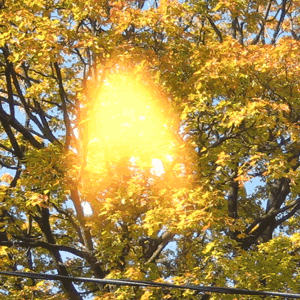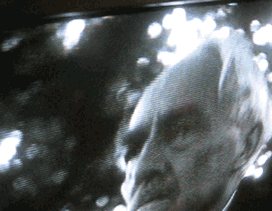


Work from Animated GIFs.
Excerpt from The Affect of Animated GIFs (Tom Moody, Petra Cortright, Lorna Mills)
"Since the early days of internet art, online artists have participated in challenging the museum and gallery hierarchies of off-line art systems.[9] The vast majority of GIFs (as well as YouTube videos, Flash animations, RealAudio sound files and a host of other cultural digital formats) are used by creative producers who do not self-identify as artists. Animated GIFs are created, collected and displayed by everyone from Christian website designers,[10] to antique technology buffs,[11] to culture bloggers.[12] For online artists, then, the use of the animated GIF also demonstrates a willingness to plunge into the vernacular of online production, blurring boundaries between art and non-art categories. Most analyses of animated GIFs discuss their signifying functions according to their specific contents and/or their historic, socio-political role in the culture of online production, but as noted above, their affective qualities are rarely, if ever, addressed.
The affective qualities of artists’ animated GIFs emerge in part from the context of their production. GIFs are designed to be viewed at home, in private, by people who are sitting at their computers. Yet at the same time these people are immersed in the hybrid, public/private environment of a personal computer connected to the collective public commons of the internet. The viewing distance — the space between the face and the monitor — is very tight. GIFS are simultaneously “in your face” and in your mind, their affects continuous with the immersive experience of daily internet use. However, just at Richard Dyer describes the songs in Hollywood musicals as “self-enclosed patterns”[13] set apart from the narrative structure, animated GIFs — like casual online puzzle games with their addictive audio and visual rewards — provide brief moments of aesthetic affect, diversions that are set apart from the running narrative of the work day..." - Sally McKay
No comments:
Post a Comment